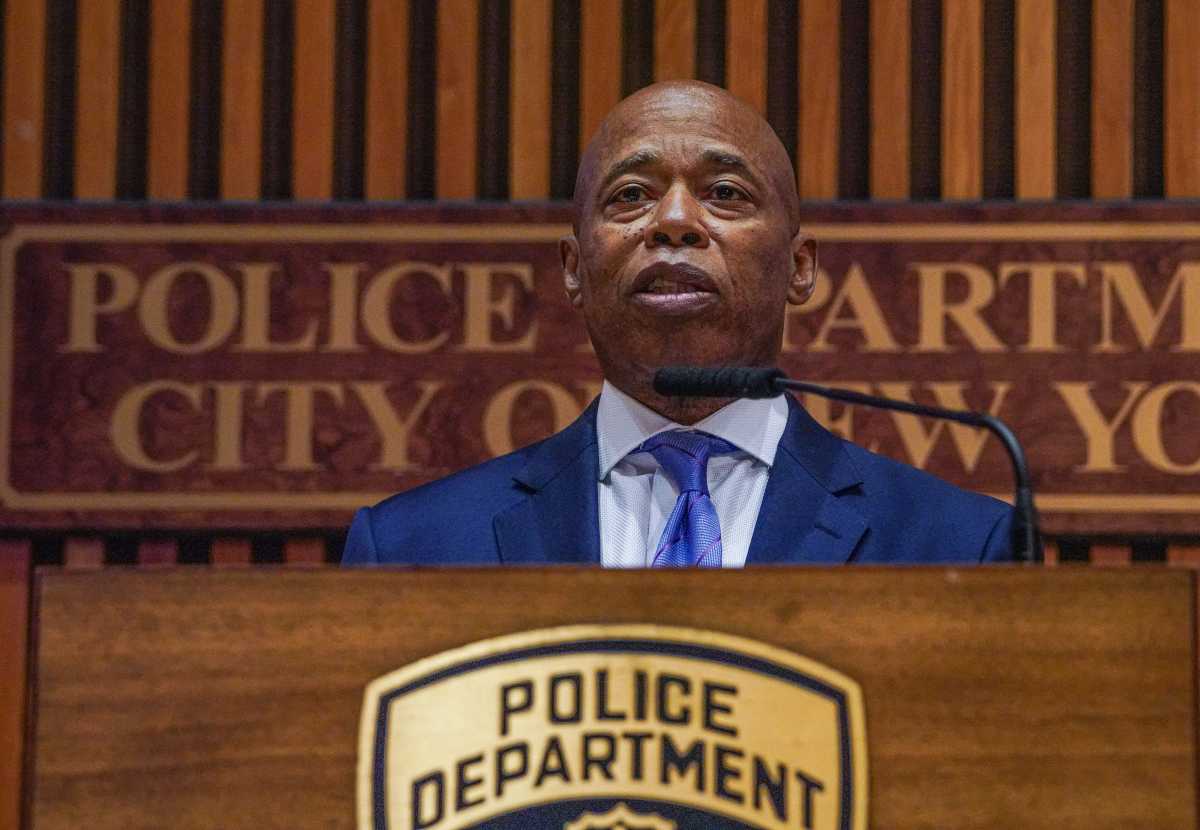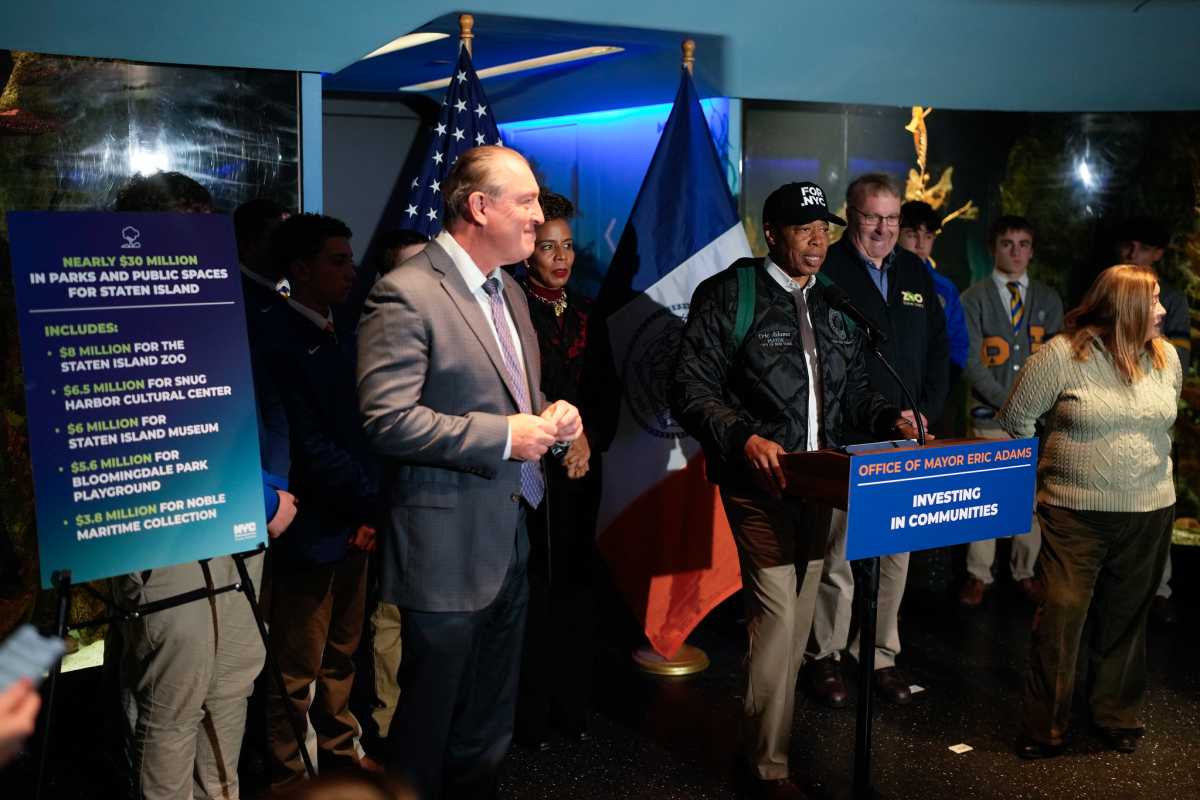BY LARRY PENNER
The “Northeast Queens Bus Restoration Study” championed by numerous elected officials is nothing more than a placebo designed to placate demagogues who are not regular users of the numerous public transportation alternatives that have been available for decades. Those in the know moved to neighborhoods in northeast Queens long ago knowing full well that they would be living in a two-fare (bus to subway) zone with longer commutes to and from work.
How many of these same public officials promoting this study have a MetroCard and ride the system like constituents do on a daily basis?
MTA services continue to be one of the best bargains in town. Since the 1950s, the average cost of riding either the bus, subway or commuter rail has gone up at a lower rate than either the consumer price index or inflation. The MetroCard introduced in 1996 affords a free transfer between bus and subway. Prior to this, riders had to pay two full fares. Purchasing either a weekly or monthly pass further reduces the cost per ride. Many employers offer transit checks, which pay even more of your costs.
There is an elaborate network of local bus services including the Q12, Q13, Q16, Q27, Q28, Q31, Q36, Q43, Q46, Q88 and others connecting riders with either the Flushing No. 7, Union Turnpike E or F, Hillside Avenue 179th Street F or Archer Avenue/Sutphin Blvd. E, J and Z subway lines. Several bus routes include Limited-Stop service that shortens the trip to and from the subway. There is a network of express buses including the Q2, Q2A, Q3, Q5, QM6, Q8, Q68 and others serving midtown east and west side along with the downtown Financial District. Nassau County NICE bus N20, N21, N22A, N22 and N24 routes provide service at the City Line with connections to subway stations in Flushing and Jamaica. The Q36 provides direct connections to the Little Neck LIRR station. The Q27, Q36 and Q88 provide direct connections to the Queens Village LIRR station. The Q13 and Q31 buses provide direct connections to the Bayside LIRR station.
Communities adjacent to Long Island Rail Road Port Washington branch stations have prospered for decades. Schools serving students in Little Neck, Douglaston, Bayside, Auberndale and Murray Hill are some of the best in the Metropolitan New York area. Everyone shares great air quality along with a low crime rate, abundant parks, libraries, shopping, entertainment, movie theaters, hospitals and medical facilities.
Riders on the Port Washington branch have far more abundant seating and a quick 30-minute or less trip into Penn Station without having to change at Jamaica than LIRR commuters on other branches. Port Washington branch riders miss most service disruptions. Since the LIRR restored half-hour weekend service last year on the Port Washington LIRR branch, it is even more attractive.
The old Q79 bus route was eliminated and restored 18 months later by extending the Q36. Likewise, the Q31 bus route weekend service was also eliminated and restored. The basic bus infrastructure has remained in place serving residents on all major east/west and many north/south routes. On many routes, MTA NYCT has actually reduced the headway between buses by increasing service.
At the end of the day, $500,000 in funding for the “Northeast Queens Restoration Study” would have been better spent on real improvements instead of just lining the pockets of consultants. These dollars could have supported introduction of Limited-Stop bus service on both the Q12 & Q13 routes resulting in shorter commutes to and from Flushing for riders. All we will end up with is a series of press conferences and news releases designed to provide free publicity for elected officials to assist them in greasing the wheels of future elections.
RECOMMENDED STORIES



































